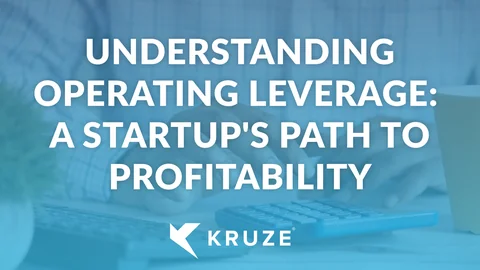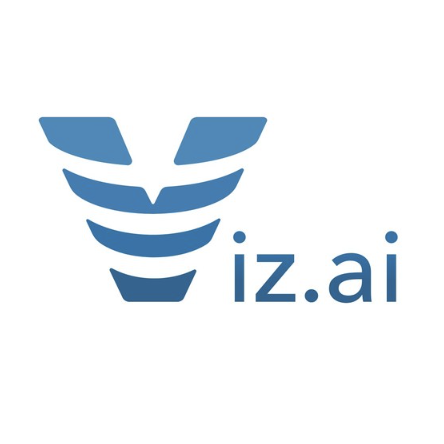
Operating leverage is a metric that plays a pivotal role in a startup’s journey to profitability. Operating leverage is a key measure that venture capitalists consider when evaluating investment opportunities.
What is operating leverage?
Operating leverage is a financial metric that measures how changes in a company’s revenue affect its operating income. In simpler terms, it shows how efficiently a startup can turn additional revenue into profit. The higher the operating leverage, the more sensitive a company’s operating income is to changes in revenue.
For startups, operating leverage is particularly important because it can indicate the potential for rapid growth and profitability as the business scales. A high operating leverage means that as revenue increases, a significant portion of that increase translates directly into profit.
The components of operating leverage
Two key factors contribute to a startup’s operating leverage:
- Fixed costs. These are expenses that remain constant regardless of the company’s sales volume. For startups, this might include rent, salaries for core team members, or software licensing fees.
- Variable costs. These are costs that change in proportion to the company’s production or sales volume. For a software startup, this might include customer support costs or cloud hosting fees that increase with user numbers.
A startup with high operating leverage typically has high fixed costs and low variable costs. This means that once the fixed costs are covered, each additional dollar of revenue contributes significantly to profit.
The impact of operating leverage on startups
For startups, operating leverage can be have both advantages and disadvantages. The possible advantages include:
- Scalability. High operating leverage allows startups to scale rapidly. As sales increase, the fixed costs are spread over a larger revenue base, leading to higher profit margins.
- Potential profitability. Once a startup covers its fixed costs, a large portion of additional revenue flows directly to the bottom line, potentially leading to substantial profits.
- Competitive advantages. Startups with high operating leverage can potentially offer lower prices or invest more in research and development (R&D), giving them an edge over competitors.
Some of the challenges that operating leverage can present to startups include:
- Higher break-even points. Startups with high fixed costs need to generate more revenue to break even, which can be challenging in the early stages.
- Increased risks. High operating leverage amplifies both gains and losses. If revenue decreases, the startup still needs to cover its fixed costs, which can lead to significant losses.
- Less flexibility. High fixed costs can make it difficult for startups to adapt quickly to market changes or economic downturns.
Operating leverage and venture capital
Venture capitalists (VCs) pay close attention to a startup’s potential for operating leverage. They’re often looking for businesses that can achieve high operating leverage at scale. Why? Because these startups have the potential to become highly profitable as they grow.
VCs are particularly interested in startups that can serve additional customers with minimal incremental costs. For example, a software-as-a-service (SaaS) startup might have high initial development costs, but once the product is built, the cost to serve each additional customer is relatively low. This model allows revenue growth to flow directly to the bottom line, driving significant profits as the company scales.
How can startups optimize operating leverage?
Some of the ways that startup companies can improve their operating leverage include:
- Investing in technology. Automating processes can help reduce variable costs and increase operating leverage.
- Focusing on scalable business models. Prioritize products or services that can be scaled without proportional increases in costs.
- Managing fixed costs carefully. While high fixed costs can lead to high operating leverage, they also increase risk (see above). Startups should balance the potential benefits with the associated risks.
- Monitoring and adjusting costs. Regularly analyze your operating leverage and be prepared to adjust your cost structure as your business grows and market conditions change.
Manage your operating leverage carefully
Operating leverage can significantly impact a startup’s profitability. Remember, though, that while high operating leverage can lead to substantial profits as a startup scales, it also comes with increased risk and less flexibility. Startup founders need to carefully balance fixed and variable costs, focus on scalable business models, and continuously monitor their operating leverage to position their companies for success.








